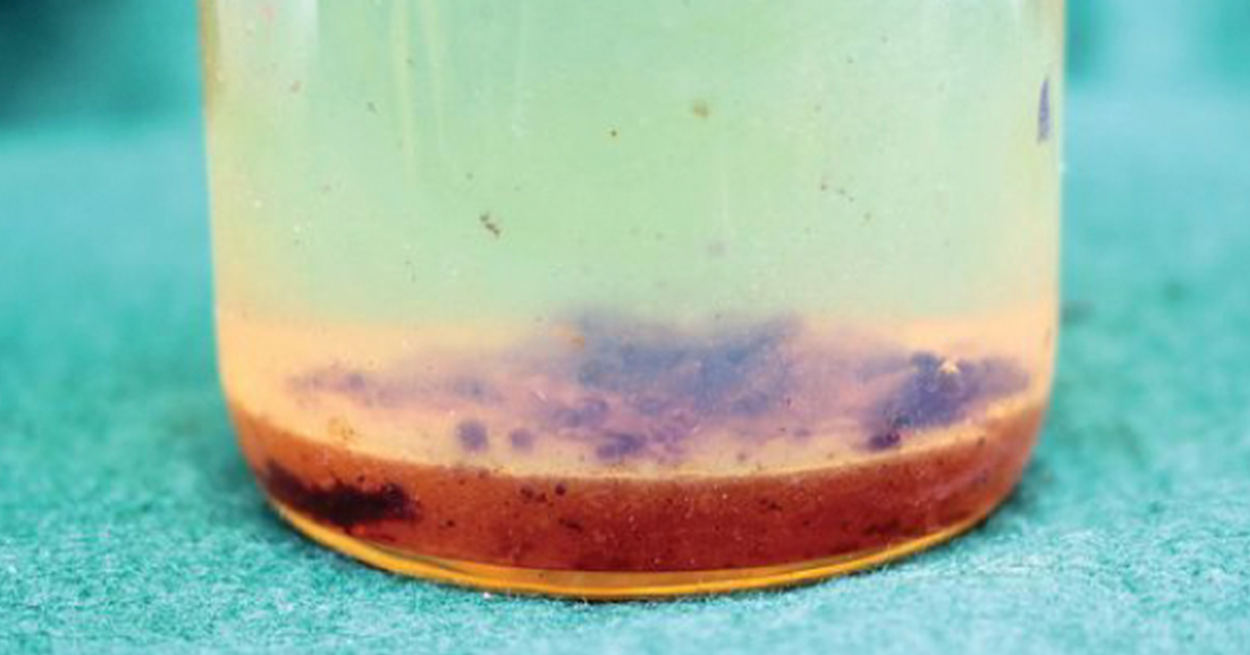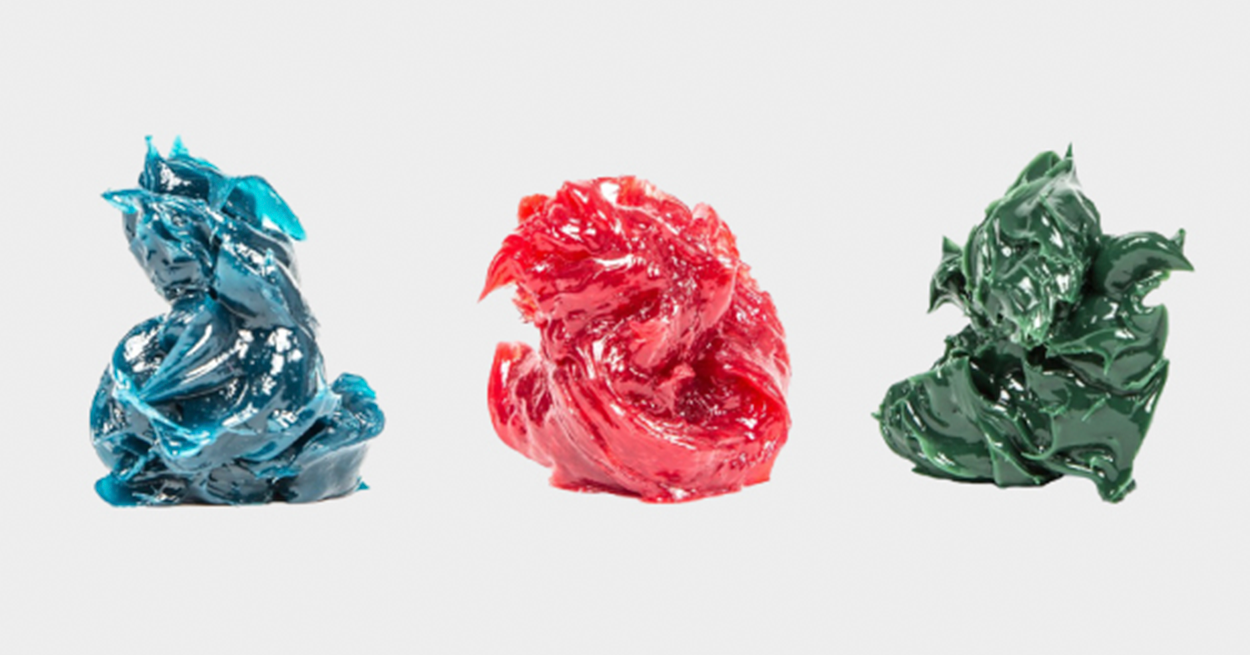What is Lubrication?
Lubrication is the control of friction and wear by the introduction of a friction-reducing film between moving surfaces in contact. The lubricant used can be a fluid, solid, or plastic substance. Although this is a valid definition, it fails to realise all that lubrication actually achieves.
Many different substances can be used to lubricate a surface. Oil and grease are the most common. Grease is composed of oil and a thickening agent to obtain its consistency, while the oil is what lubricates. Oils can be synthetic, vegetable or mineral-based as well as a combination of these. The application determines which oil, commonly referred to as the base oil, should be used. In extreme conditions, synthetic oils can be beneficial. Where the environment is of concern, vegetable base oils may be utilized.
Lubricants containing oil have additives that enhance, add or suppress properties within the base oil. The amount of additives depends on the type of oil and the application for which it will be used. For instance, engine oil might have a dispersant added. A dispersant keeps insoluble matter conglomerated together to be removed by the filter upon circulation. In environments that undergo extremes in temperature, from cold to hot, a viscosity index (VI) improver may be added.
These additives are long organic molecules that stay bunched together in cold conditions and unravel in hotter environments. This process changes the oil’s viscosity and allows it to flow better in cold conditions while still maintaining its high-temperature properties. The only problem with additives is that they can be depleted, and in order to restore them back to sufficient levels, generally the oil volume must be replaced.
The Role of a Lubricant
The primary functions of a lubricant are to:
- Reduce friction
- Prevent wear
- Protect the equipment from corrosion
- Control temperature (dissipate heat)
- Control contamination (carry contaminants to a filter or sump)
- Transmit power (hydraulics)
- Provide a fluid seal
Formulation
Typically lubricants contain 90% base oil (most often petroleum fractions, called mineral oils) and less than 10% additives. Vegetable oils or synthetic liquids such as hydrogenated polyolefins, esters, silicones, fluorocarbons and many others are sometimes used as base oils. Additives deliver reduced friction and wear, increased viscosity, improved viscosity index, resistance to corrosion and oxidation, aging or contamination, etc.
Additives
Many additives are used to impart performance characteristics to the lubricants. Modern automotive lubricants contain as many as ten additives, comprising up to 20% of the lubricant, the main families of additives are:
- Pour point depressants are compounds that prevent crystallization of waxes. Long chain alkylbenzenes adhere to small crystallites of wax, preventing crystal growth.
- Anti-foaming agents are typically silicone compounds which lower surface tension in order to discourage foam formation.
- Viscosity index improvers (VIIs) are compounds that allow lubricants to remain viscous at higher temperatures. Typical VIIs are polyacrylates and butadiene.
- Antioxidants suppress the rate of oxidative degradation of the hydrocarbon molecules within the lubricant. At low temperatures, free radical inhibitors such as hindered phenols are used, e.g. butylated hydroxytoluene. At temperatures >90 °C, where the metals catalyze the oxidation process, dithiophosphates are more useful. In the latter application the additives are called metal deactivators.
- Detergents ensure the cleanliness of engine components by preventing the formation of deposits on contact surfaces at high temperatures.
- Corrosion inhibitors (rust inhibitors) are usually alkaline materials, such as alkylsulfonate salts, that absorb acids that would corrode metal parts.
- Anti-wear additives form protective 'tribofilms' on metal parts, suppressing wear. They come in two classes depending on the strength with which they bind to the surface. Popular examples include phosphate esters and zinc dithiophosphates.
- Extreme pressure (anti-scuffing) additives form protective films on sliding metal parts. These agents are often sulfur compounds, such as dithiophosphates.
- Friction modifiers reduce friction and wear, particularly in the boundary lubrication regime where surfaces come into direct contact
How motor oil works (Total)


